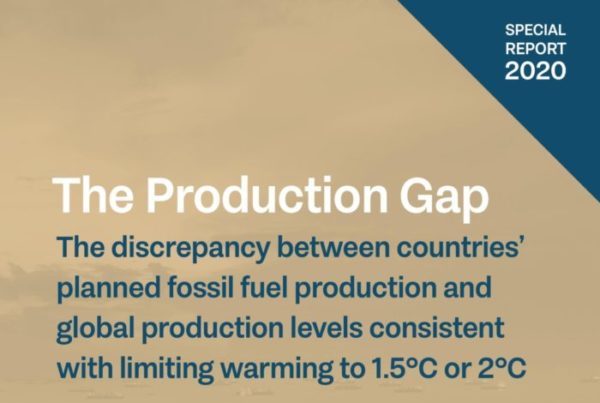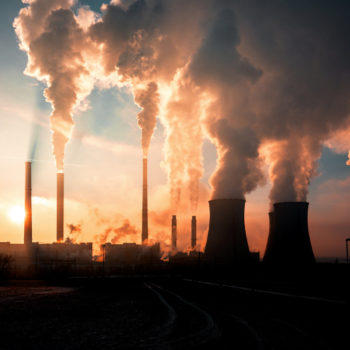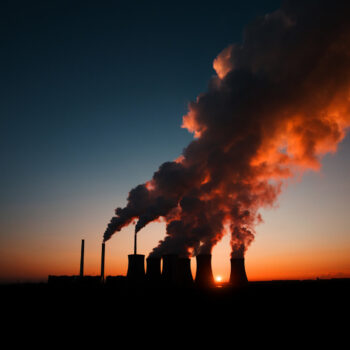To limit warming to 1.5°C or well below 2°C, as required by the 2015 Paris Agreement, the world needs to wind down fossil fuel production. Instead, the newly launched Production Gap Report finds governments are continuing to plan to produce coal, oil, and gas far in excess of the levels consistent with the Paris Agreement temperature limits.
This report highlights the discrepancy between countries’ planned fossil fuel production levels and the global levels necessary to limit warming to 1.5°C or 2°C. This gap is large, with countries aiming to produce 120% more fossil fuels by 2030 than would be consistent with limiting global warming to 1.5°C.
The COVID-19 pandemic and associated response measures have introduced new uncertainties to the production gap. While global fossil fuel production will decline sharply this year, government stimulus and recovery measures will shape our climate future: they could prompt a return to pre-COVID production trajectories that lock in severe climate disruption, or they could set the stage for a managed wind-down of fossil fuels as part of a “build back better” effort.
This special issue of the Production Gap Report looks at how conditions have changed since last year, what this means for the production gap, and how governments can set the stage for a long-term, just, and equitable transition away from fossil fuels.
The report was produced by the Stockholm Environment Institute (SEI), the International Institute for Sustainable Development (IISD), the Overseas Development Institute (ODI), E3G, and the UN Environment Programme. Dozens of researchers contributed to the analysis and review, spanning numerous universities and additional research organizations.
Read through our expert interviews on bridging the production gap here.


